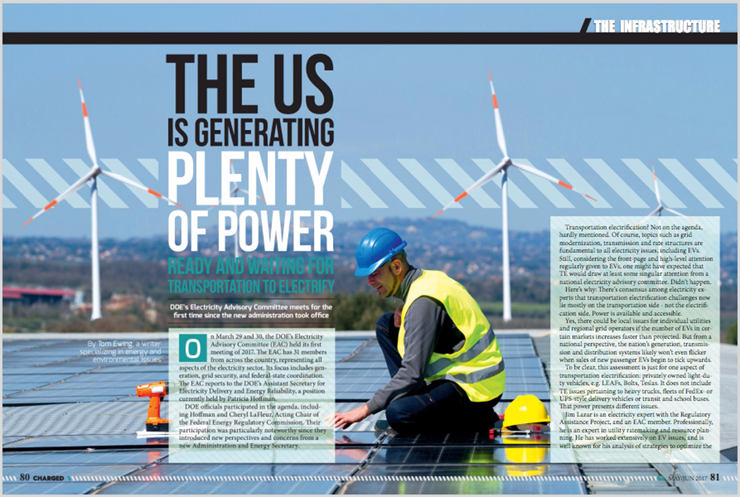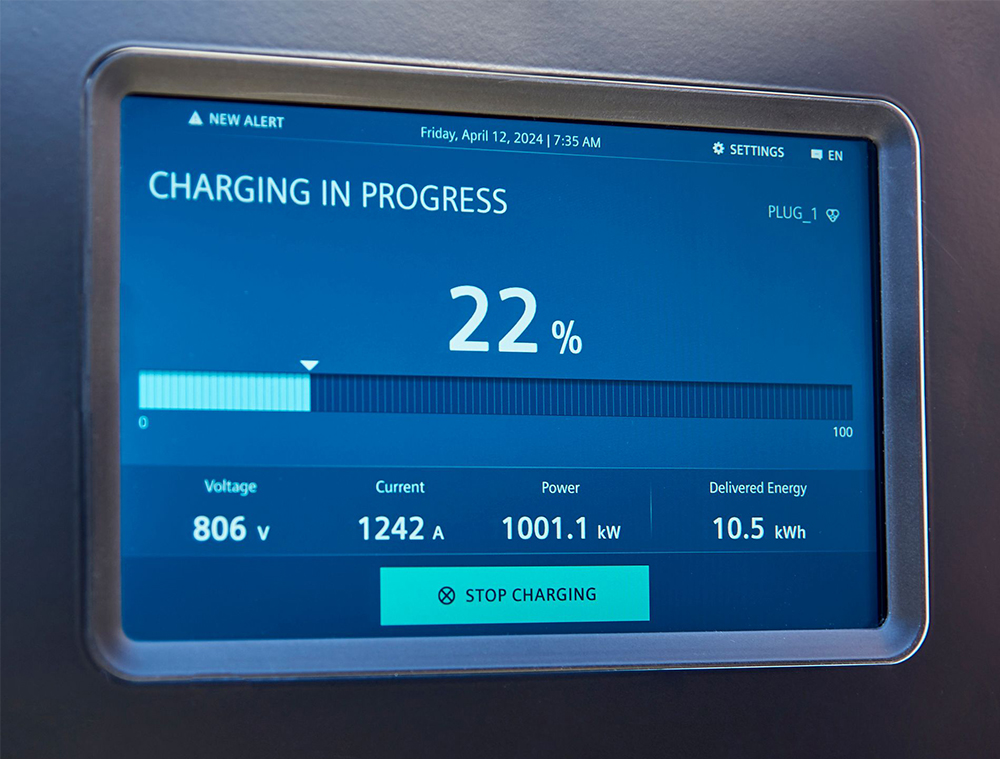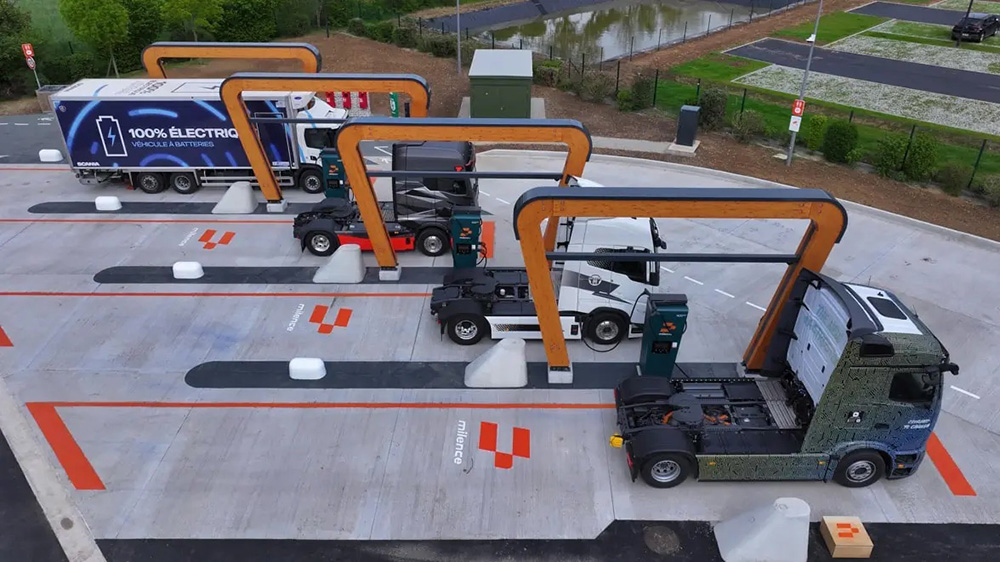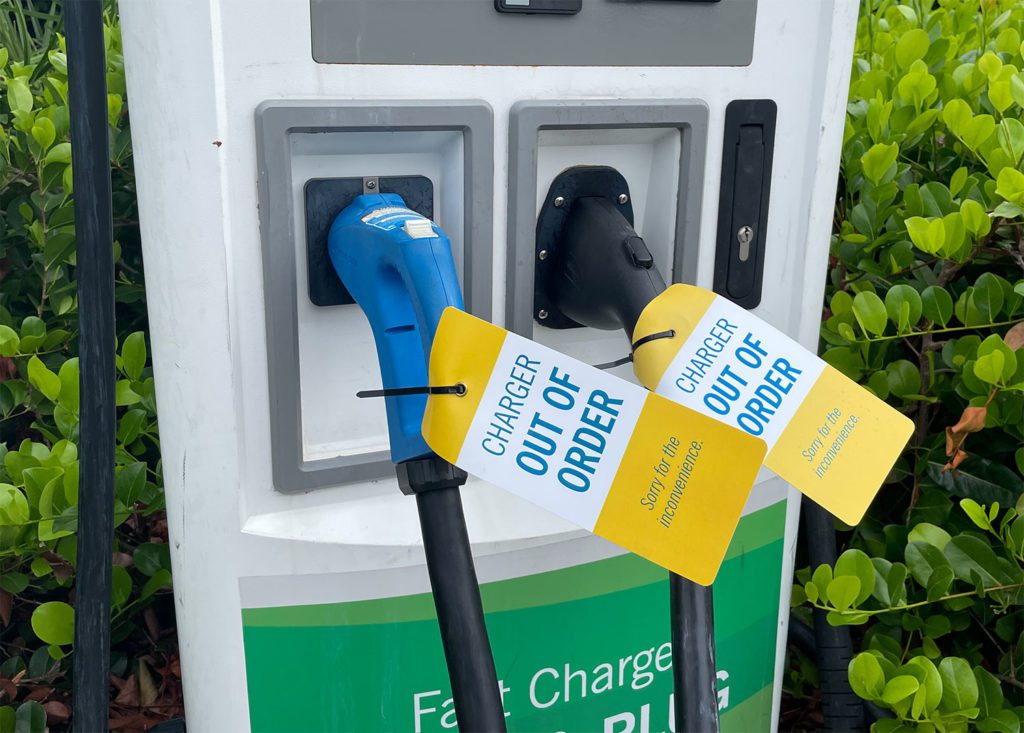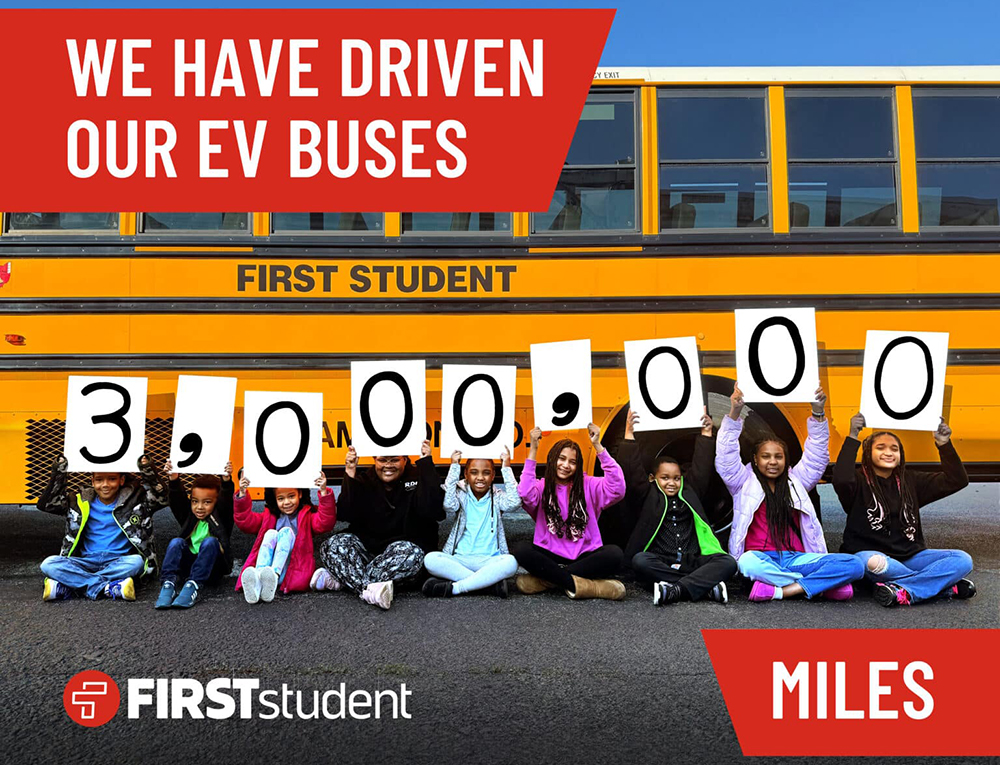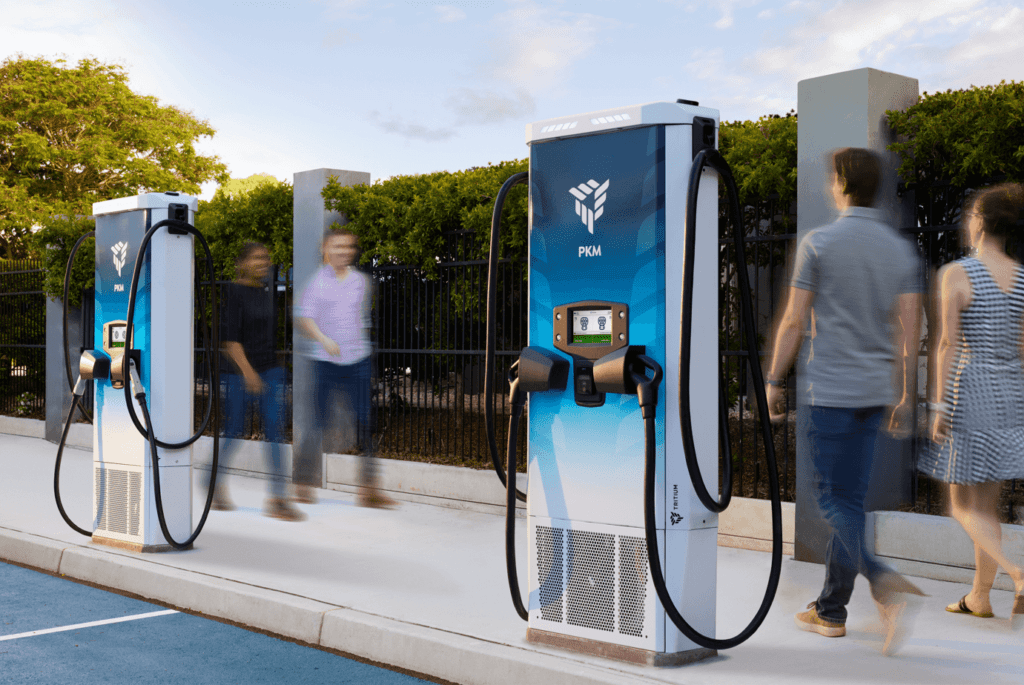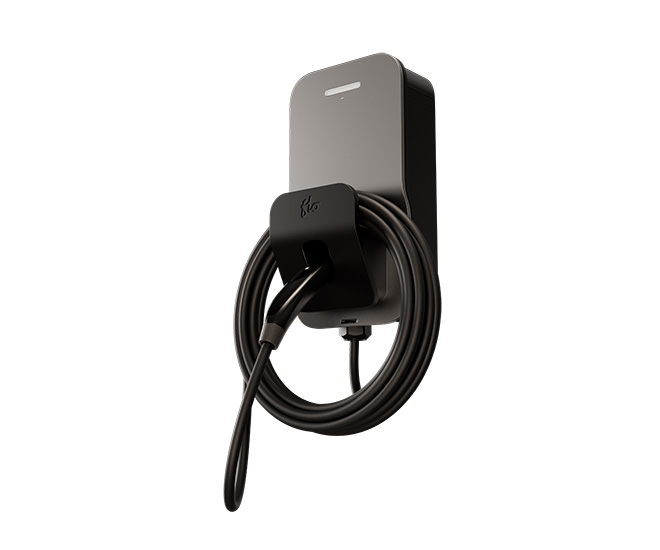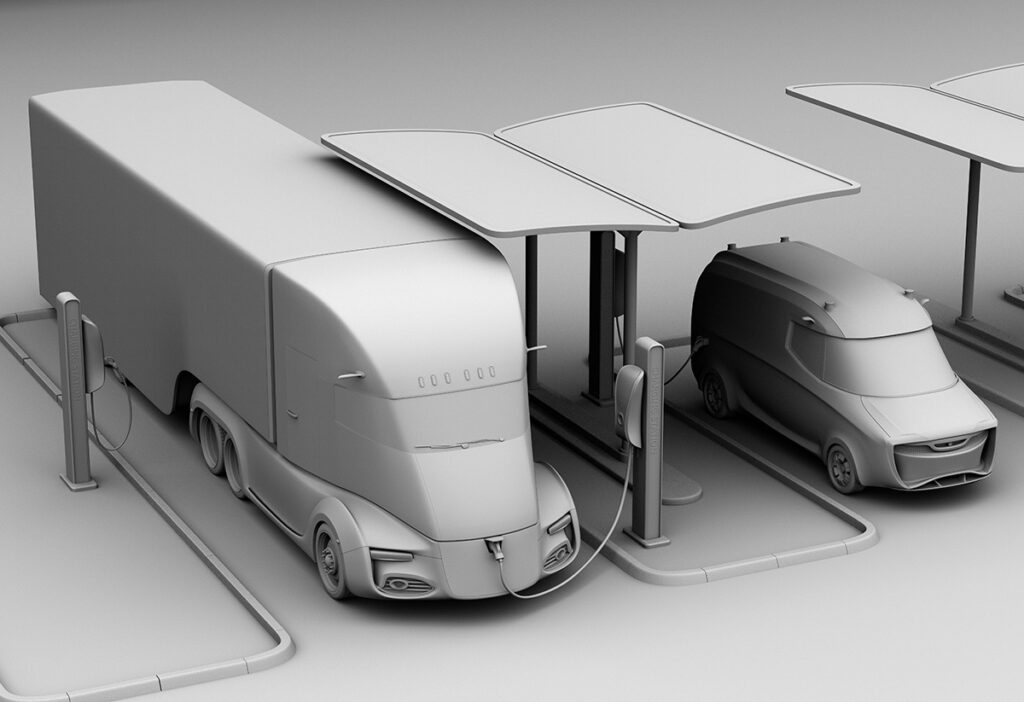DOE’s Electricity Advisory Committee meets for the first time since the new administration took office.
On March 29 and 30, the DOE’s Electricity Advisory Committee (EAC) held its first meeting of 2017. The EAC has 31 members from across the country, representing all aspects of the electricity sector. Its focus includes generation, grid security, and federal-state coordination. The EAC reports to the DOE’s Assistant Secretary for Electricity Delivery and Energy Reliability, a position currently held by Patricia Hoffman.
DOE officials participated in the agenda, including Hoffman and Cheryl LaFleur, Acting Chair of the Federal Energy Regulatory Commission. Their participation was particularly noteworthy since they introduced new perspectives and concerns from a new Administration and Energy Secretary.
Transportation electrification? Not on the agenda, hardly mentioned. Of course, topics such as grid modernization, transmission and rate structures are fundamental to all electricity issues, including EVs. Still, considering the front-page and high-level attention regularly given to EVs, one might have expected that TE would draw at least some singular attention from a national electricity advisory committee. Didn’t happen.
Here’s why: There’s consensus among electricity experts that transportation electrification challenges now lie mostly on the transportation side – not the electrification side. Power is available and accessible.
Yes, there could be local issues for individual utilities and regional grid operators if the number of EVs in certain markets increases faster than projected. But from a national perspective, the nation’s generation, transmission and distribution systems likely won’t even flicker when sales of new passenger EVs begin to tick upwards.


To be clear, this assessment is just for one aspect of transportation electrification: privately owned light-duty vehicles, e.g. LEAFs, Bolts, Teslas. It does not include TE issues pertaining to heavy trucks, fleets of FedEx- or UPS-style delivery vehicles or transit and school buses. That power presents different issues.
Jim Lazar is an electricity expert with the Regulatory Assistance Project, and an EAC member. Professionally, he is an expert in utility ratemaking and resource planning. He has worked extensively on EV issues, and is well known for his analysis of strategies to optimize the peaks and valleys characterizing electricity supply and demand. He is author of a much-cited (and readable) report on smoothing out supply and demand with the great name of “Teaching the Duck to Fly.”
In interviews after the EAC meeting, Lazar was asked about the dynamics and context that define EVs and the grid (his comments here are not presented on behalf of the EAC). Scale is the critical concept, Lazar explains. The grid is a giant, EVs are relatively tiny. Deliberate policies to augment or otherwise expand generation and related investment aren’t needed.
To make his point, Lazar compares EV power demands with electric water heaters. There are an estimated 45 million electric water heaters in the US, installed and operating without any specific utility policies. Electric water heaters use about 4,000 kWh/year. An EV, travelling 12,000 miles per year, uses approximately 3,000 kWh/year (varying somewhat depending on vehicle size). The point is, Lazar explains, “3,000 kWh/year is not that much.”
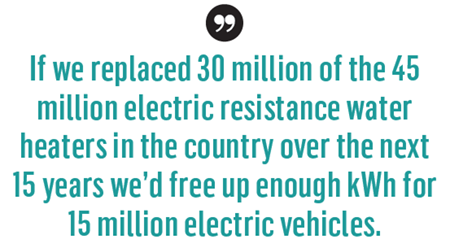

There’s a second critical component: efficiency, which constantly increases, always making more power available. Now, because of new electrical codes, heat-pump water heaters are replacing older resistance heaters. The new heat-pump heaters use two thirds as much electricity.
“For every electric resistance water heater [replaced by] a heat-pump water heater,” Lazar explains, “we free up enough kWh for an electric vehicle. If we replaced 30 million of the 45 million electric resistance water heaters in the country over the next 15 years we’d free up enough kWh for 15 million electric vehicles.” Plenty of power. Again, new generation policies or directives aren’t needed.
Lazar was asked to follow up: What, then, are the best next steps to advance the transportation side of TE? He cited two key policy issues: charging infrastructure and rate design.
“Without the charging issue solved,” Lazar commented, “that makes EVs hard to become a national phenomenon.” A basic question is whether charging is a utility’s business. Charging stations are must-have infrastructure for establishing consumer confidence. In some ways, this is a chicken-and-egg issue. Answers will be made locally and regionally, however, not nationally.
If electric fuel costs as much as gasoline, there’s little incentive to purchase an EV, which has higher upfront costs than a gas vehicle. For EV adoption to increase, attention to rates is critical. Rate design could allow a utility to align electricity prices with time-of-day power demands – setting cheaper rates, say, from midnight to 5:00 a.m. when residential loads decrease and power is relatively more plentiful. EV owners would likely respond to a chance to save money, especially when sleeping. Importantly, non-peak demand also helps the utility balance resources and operations.
Lazar referenced a recent EV charging study comparing Houston and San Diego. In Houston, post-rush-hour evening demand is up because EV drivers start to recharge when they get home. In San Diego, however, that added load doesn’t show up until after midnight when EV owners can take advantage of a discounted time-of-day rate, which is not available in Houston. It’s the pricing that delivers the benefits – for EV owners and, importantly, for ratepayers in general.
The workday presents another critical time-of-day opportunity: between morning and evening rush hours, when commuters’ cars are parked and residential loads decrease. Again, to buttress sales, to smooth out its load, to take advantage of cheap mid-day power surging in from a solar-rich system (or a wind-rich system, as in Iowa), a workday rate, when people are working, not driving, could send the price signal that this is the best time to recharge an EV.
Lazar and other experts comment that the issue of workplace charging is critical – really almost its own issue. There are many challenges. Who, for example, should build and operate daytime workplace charging stations? Is that a utility’s responsibility? Should an office building owner take that on? Lazar cites the analysis in a new report, “The ABCs of EVs: A Guide for Policy Makers and Consumer Advocates,” by the Illinois Citizens Utility Board, as a helpful reference for understanding this mix of issues. CUB’s ideas include smart charging technology, aggregating loads, new rate designs and related infrastructure investments.
Rate design is just one part of the broader concept of “smart charging.” Lazar describes intriguing possibilities offered by power aggregators, managed via software apps working in real time.
An EV owner, for example, could use an aggregator app to key in certain demands: the car must be ready to drive 120 miles by 7:00 a.m. Then the app takes over, perhaps starting charging after midnight, accessing power from the cheapest generation sources. Or selling power back to the grid during high demand. It might slow charging when wind slackened at a selected wind farm but quicken it again when stronger winds returned. The point is that the app would run the show, seeking the most efficient options while still having the car ready at 7:00 a.m. and at the lowest possible cost.
Lazar said EVs already have smart charge software capabilities. But the assets are not worth much if electricity markets don’t reflect prices. “[Real-time] smart charging is the future,” Lazar said, “we have to encourage that.” Again, rate policies are local and state issues, not national ones.
Lazar’s assessment is not a singular opinion.
MIT’s Carlos Batlle, after his EAC presentation on the “Utility of the Future Study,” was asked, “What are the top three challenges – generation, transmission, distribution – to moving towards an electrical system ready to deliver the power for TE?” His answer: None. Like Lazar, Batlle says that getting the rates right is now the critical issue.


Michael Kintner-Meyer, Ph.D., is an author and researcher at the DOE’s Pacific Northwest National Laboratory. In 2007, he co-authored a paper proposing that EV charging could benefit EV owners and ratepayers in general. However, his team suggested further evaluation of infrastructure impacts from more intense and constant utilization.
In an email, Kintner-Meyer was asked about an update regarding his team’s hardware and equipment concerns. His reply: “We now have sufficient understanding of how EVs are impacting distribution systems, such that EV deployment can be handled as part of the utility planning process. The cost of EV charging infrastructure development remains largely at the last meter to dispense electricity. Current discussion is centered around business models and economic viability for charging in employers’ parking lots. From a residential charging infrastructure perspective, there are no real technical issues for the foreseeable future.”
Remember the phrase that all politics are local? Ditto for electric rates.
This article originally appeared in Charged Issue 31 – May/June 2017 – Subscribe now.



